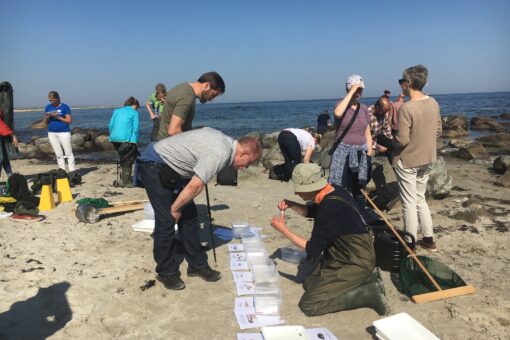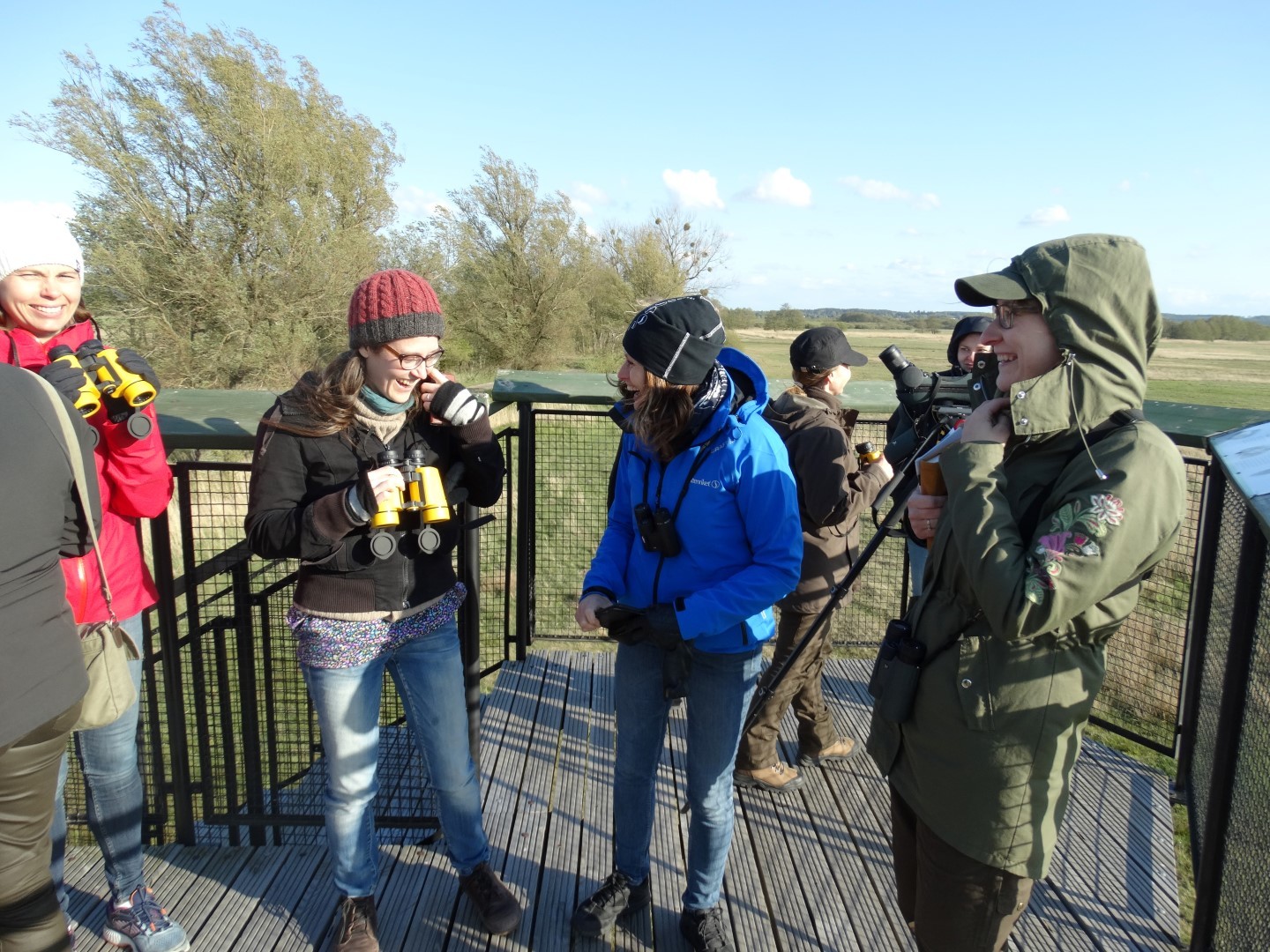The Supported by Nature project, funded by the Interreg Baltic Sea Region Programme, aims to promote nature-based solutions to improve the environment in the Baltic Sea region. By developing 17 so-called “learning sites” in various countries, the project seeks to demonstrate how concrete measures – such as multifunctional wetlands, stone reefs, and river restoration – can contribute to biodiversity, climate adaptation, and sustainable development.
-We want to show how nature can be a solution, not an obstacle. It’s about creating places where people can learn and be inspired to get involved, says Martina Adenholm, Communication Manager for Supported by Nature in Ronneby Municipality.
SI’s support laid the foundation
Before the large EU project became a reality, the emerging network received funding for two project from SI: BFB-TOOLS and BFB-COLAB. These served as pilots for cooperation, knowledge exchange, and method development.
-Without SI’s support, we would never have been able to build the network and capacity required to take the step to an Interreg project. It gave us security, continuity, and the opportunity to gather strength, says Carina Wettemark, coordinator for the Kristianstads Vattenrike biosphere area and head of the biosphere and nature centre unit.

Lessons and local examples
A concrete example of nature-based solutions is how the Kristianstads Vattenrike biosphere area addressed the conflict between cranes and farmers, where the birds previously ate the farmers’ grain. Through cooperation between sports clubs, farmers, birdwatching groups, the County Administrative Board, Kristianstad Grain Storage Association (KLF), and the Federation of Swedish Farmers (LRF), a site was created where cranes are fed away from the fields. This also became a visitor attraction with nature education, sausage sales, and local crane hosts who learned more about the birds and act as nature guides for a small fee. A key player is KLF, which sponsors half of the barley used to attract the cranes.
-It started as a problem but became an asset. That’s how nature-based solutions work. It shows the power of dialogue, cooperation, and making use of local resources, says Carina Wettemark.
Focus on youth engagement
One important lesson learnt from previous projects has been the difficulty in reaching young adults. This has led to a new SI-funded project: within the project a series of webinars culminates in a youth forum in June, where 45 young people from across the Baltic Sea region will gather to discuss nature-based solutions and future community building.
-Young people carry climate anxiety but also solutions. We want to give them tools, inspiration, and a sense of hope for a sustainable future, says Carina Wettemark.
International projects strengthen local commitment
The international cooperation has not only led to new projects – it has also strengthened local engagement.
-When we tell the municipal board about what we’ve achieved internationally, local pride grows. It shows that we are part of something bigger, says Carina Wettemark.
Facts
The SI-funded projects carried out by the Kristianstads Vattenrike Biosphere Office were financed under SI’s previous support schemes, now part of the SI Baltic Sea Neighbourhood Programme. The programme funds projects where Swedish organisations can initiate and further develop cooperation on cross-border challenges and opportunities with organisations from EU countries around the Baltic Sea and countries in the EU’s Eastern Partnership.
Through SI’s funding, partnerships are expected to build a foundation for future, long-term cooperation. A key goal is for SI-funded cooperations to continue developing, for example with EU funding. Follow-ups two years after project completion show that many cooperations continue and attract new funding. The projects included in SI’s follow-ups over the years have together received over SEK 134 million from SI and generated over SEK 1.1 billion in additional funding, mainly from EU funds and programmes.
